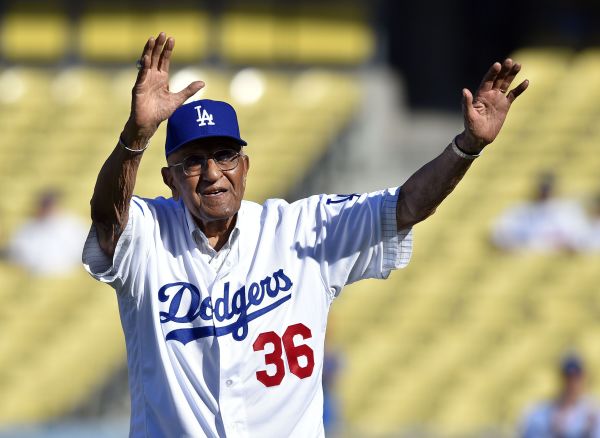To be perfectly honest, I had been avoiding reading Captain America: Sam Wilson ever since it came out. Also, as a matter of record, I never was very keen on Sam Wilson becoming Captain America.
Why? Because I never liked the Falcon. Even though writers went through great lengths to depict him as a partner to Steve Rogers rather than a sidekick, his whole steez came off as corny and contrite to me back then.
While I always had to give dap to the character’s historic significance, he didn’t strike me in the least. But I’ve been hearing a great deal of chatter about his new solo title and decided to give it a look.
Written by Nick Spencer, with art by Daniel Acuna, Captain America: Sam Wilson is on issue 18 and has quite a few things to say about police brutality, the prison industrial complex and touches upon the burden visited upon a person from a disenfranchised group who wishes to do the right thing, yet is bound by the obligations to his station (See: Barack Obama).
Wilson is still dealing with the ambiguous racism of old timers who refuse to call him Captain America or somehow feels he’s disrespecting the original, even though Steve Rogers gave Sam his blessings.

This issue begins with Wilson musing over whether or not he is the right man to inherit the vaunted star spangled shield from the original Captain America as Rage, a member of his team, has been arrested for breaking into a pawn shop by an independent law enforcement group called the Americops.
Rage already has some bad history with Americops, as you would expect from the living embodiment of Black angst, and their heavy-handed tactics, and has fought them head on. However, he was urged to stand down by Wilson. But this time around Rage felt compelled to act. However, he winds up in jail.
In the last few issues of the title, Wilson has struggled with compromising in the name of peace and acting decisively to root out authoritarianism.

Wilson holds a special affinity for Rage, a Black former Avenger, because he reminds Wilson of himself when he fought alongside Captain America as Falcon back in the day; impulsive, emotional and never one to back down from a fight.From behind bars, Rage tells Wilson that he entered the pawn shop because the window was broken and he wanted to investigate. Instead, he found two super-powered individuals and fought them.

However, he was attacked from behind by the Americops as the assailants fled. Wilson offers to call in Matt Murdock (Daredevil) or Jennifer Walters (She-Hulk) for legal defense and Peter Parker for bail money. But Rage turns him down.
He feels his fate may be as a martyr to the people, to show them the pitfalls of the criminal justice system for the Black man in America. Captain America is aghast at the thought and is formulating a plan to get him out as the issue comes to a close.
The term art as activism has been used to describe creative works in all kinds of mediums of communication, and this book certainly falls into that category. Thus far, Captain America: Sam Wilson acts as a artistic avatar into contemporary Black life in America.



